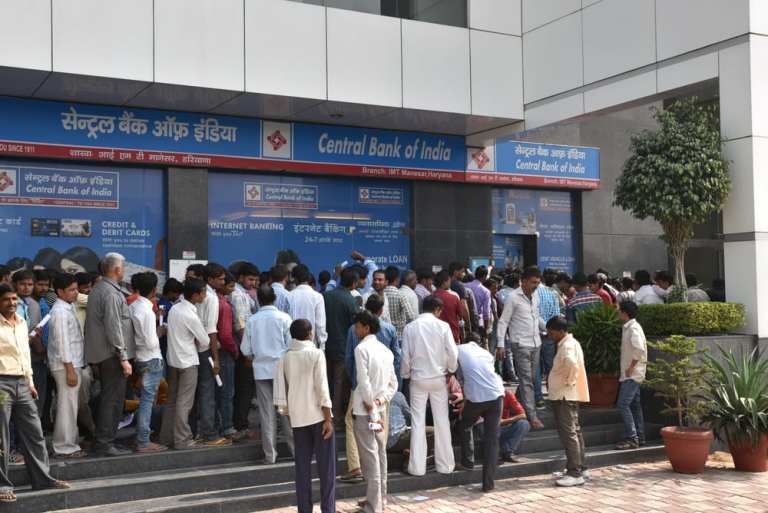
Indian banks, already struggling with roughly $150 billion in bad loans, may have to come up with 400 billion rupees (or $5.59 billion) to cover potential losses from loans that could default from now until September of 2020.
According to a report in Reuters, citing Fitch Ratings, within the loans on the banks’ book, of the 13.5 trillion rupees to 14 trillion rupees, 3.5 trillion rupees aren’t recognized by the lenders. That means the loans are still being used by the borrowers and are considered standard on the banks’ books. Fitch’s India unit warned that in a worst-case scenario half of the unrecognized loans can become non-performing assets (NPA) in two years from October of 2018. To cover that, banks will need to come up with the additional billions of rupees.
“The probability of such accounts with interest coverage ratio of less than 1.5 times of becoming NPA is high, but technically they are still standard assets on banks’ books,” said Jindal Haria, associate director of banking and financial institutions, India Ratings & Research. Despite that, Haria said the prospects look good for banks in India in the current year. “Many public sector banks will materially turn to profitability in 2019/20 and lending will improve.”
Increasing credit to businesses in India is an important part of Prime Minister Narendra Modi’s quest to win in the general election slated for May. He wants to increase the access businesses have to credit and has called on banks to step up their lending. Reuters reported in January that the government under Modi is looking at offering a 2 percentage point discount on loans for businesses that have annual sales of under 50 million rupees ($701,754). Banks wouldn’t have to cover the costs of the discounts. Small business owners with good credit scores can get bank loans in the 9 percent to 10 percent range. Borrowers with lower credit scores would see the interest rate increase to around 14 percent.